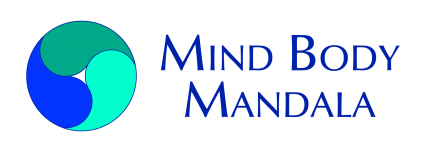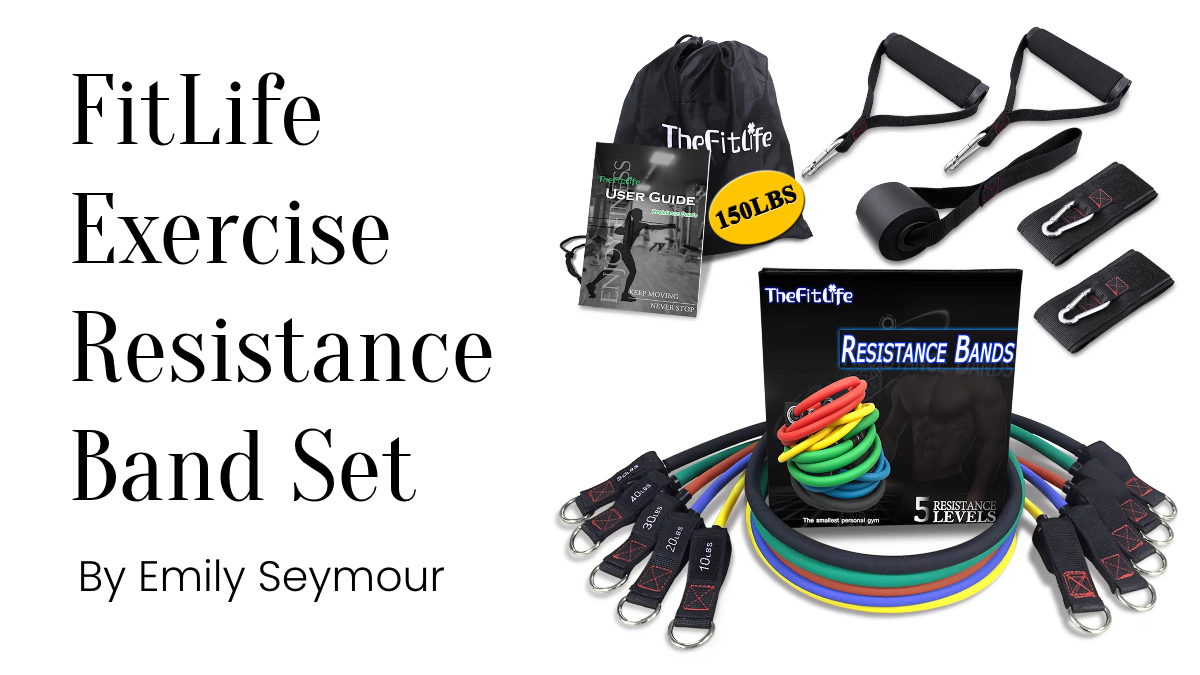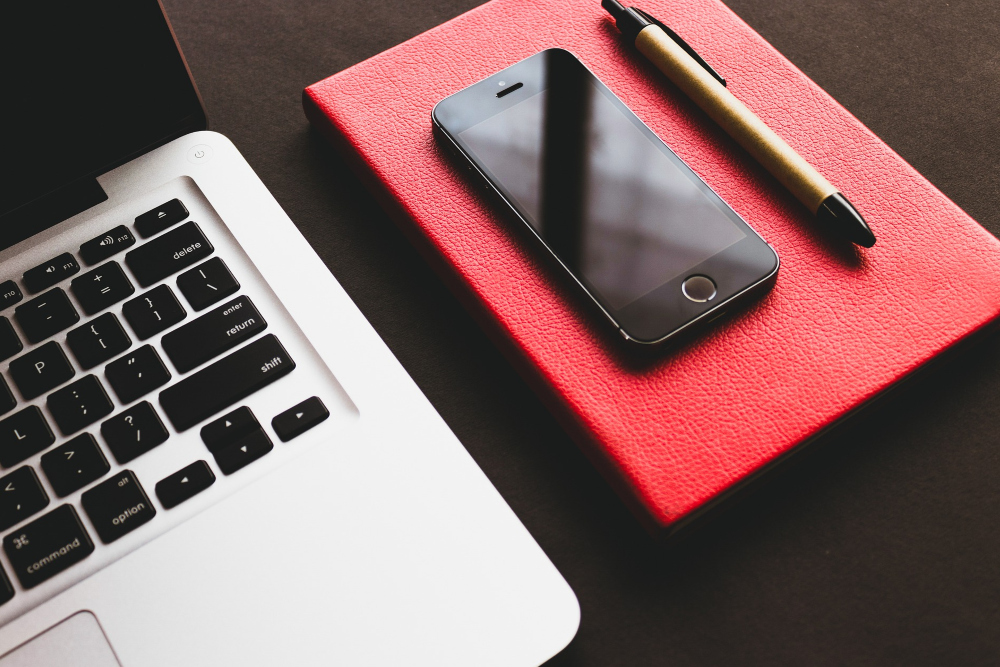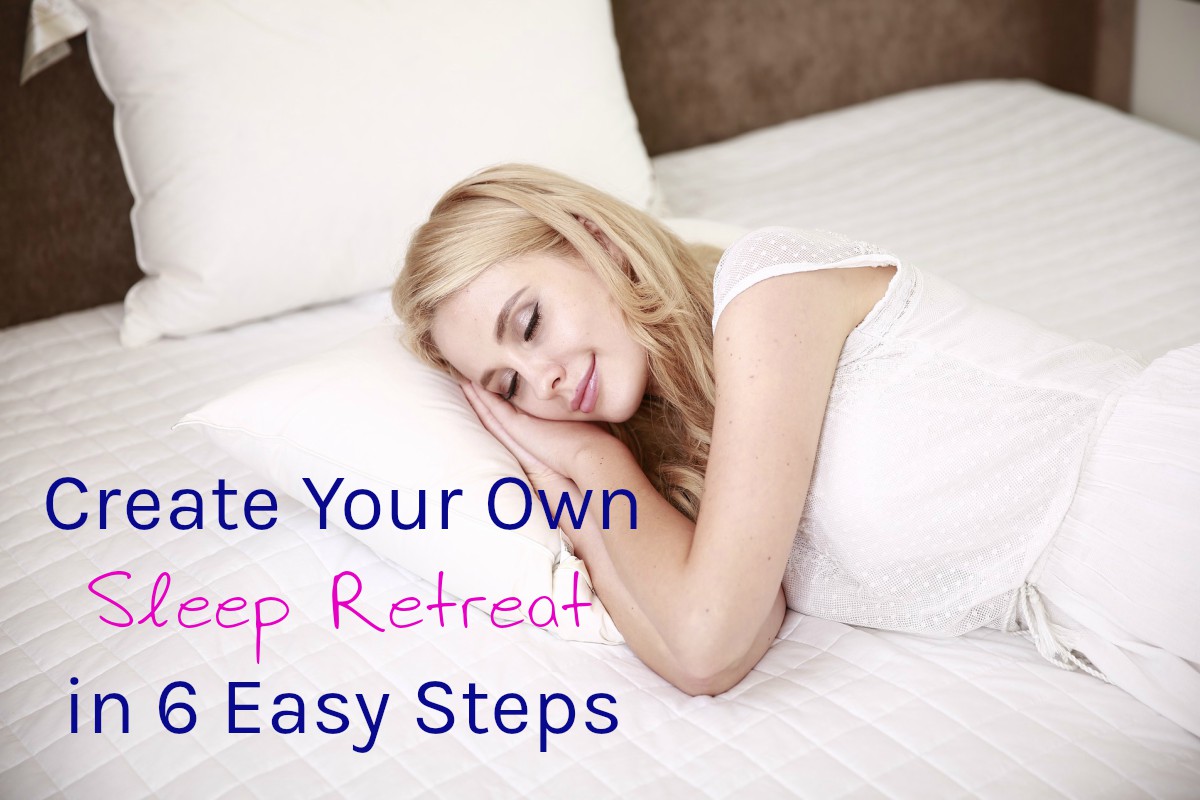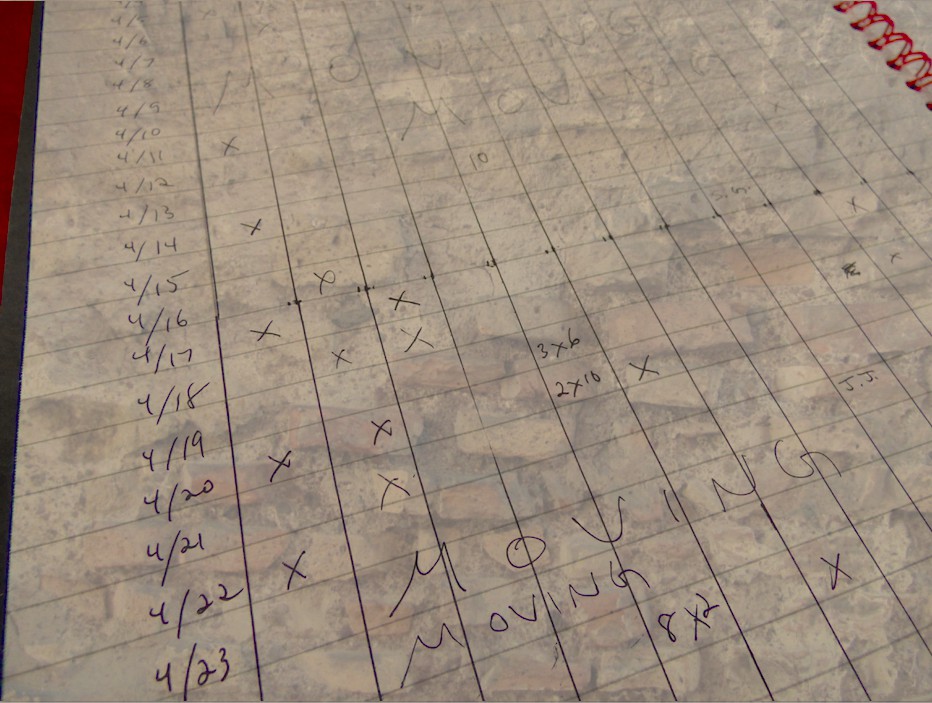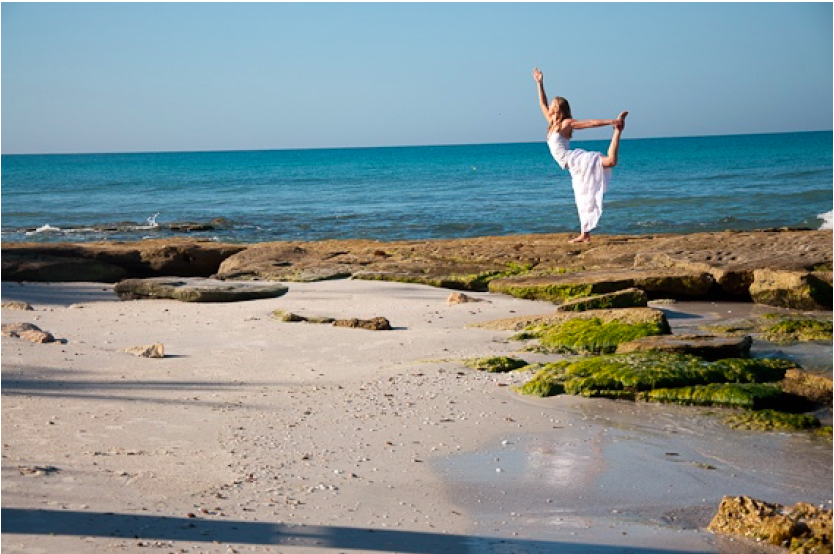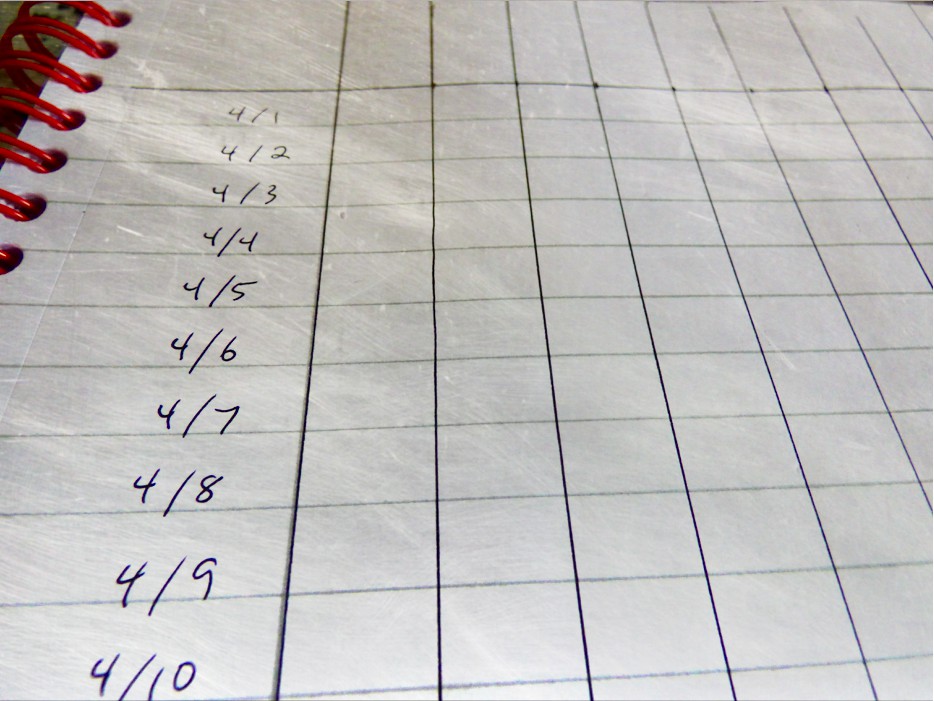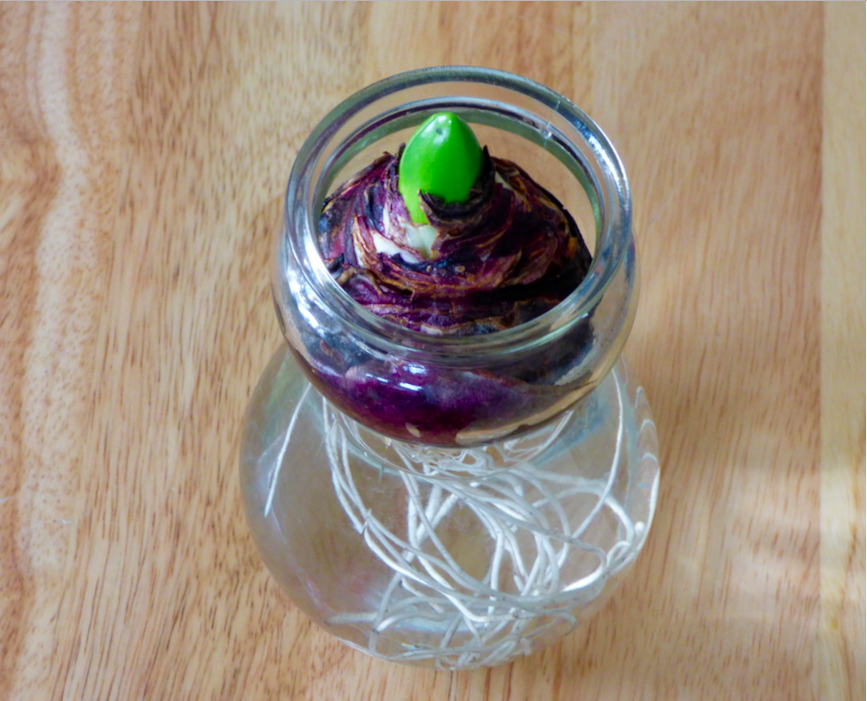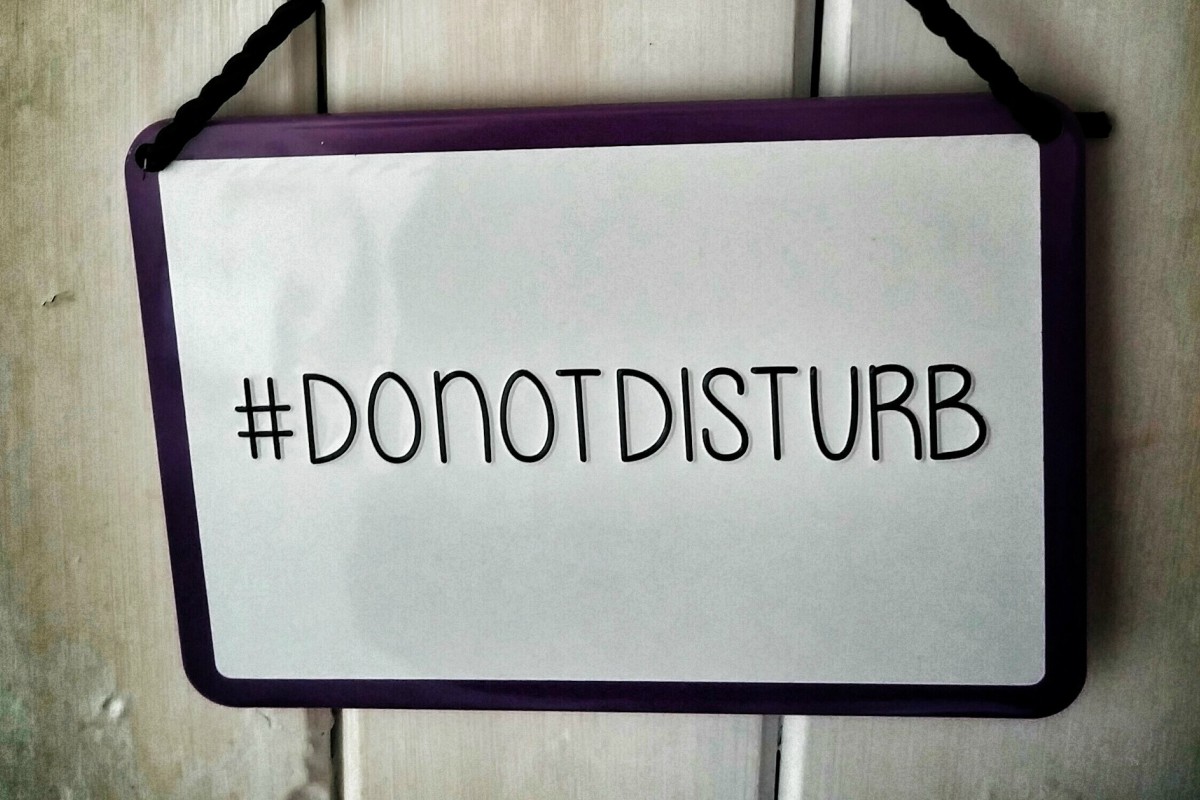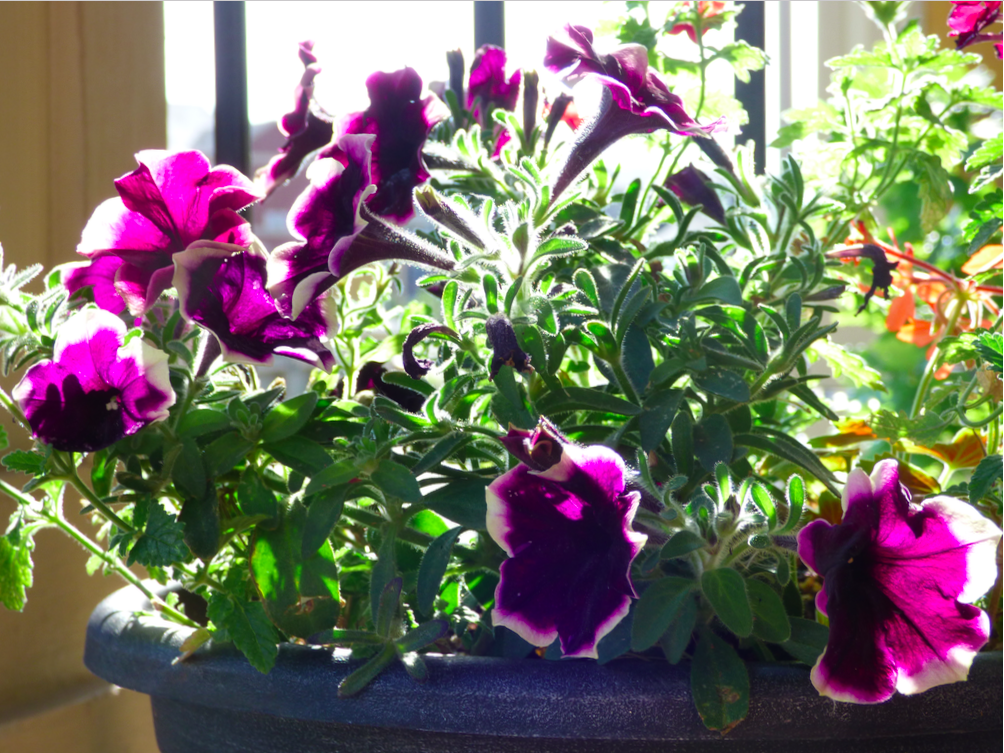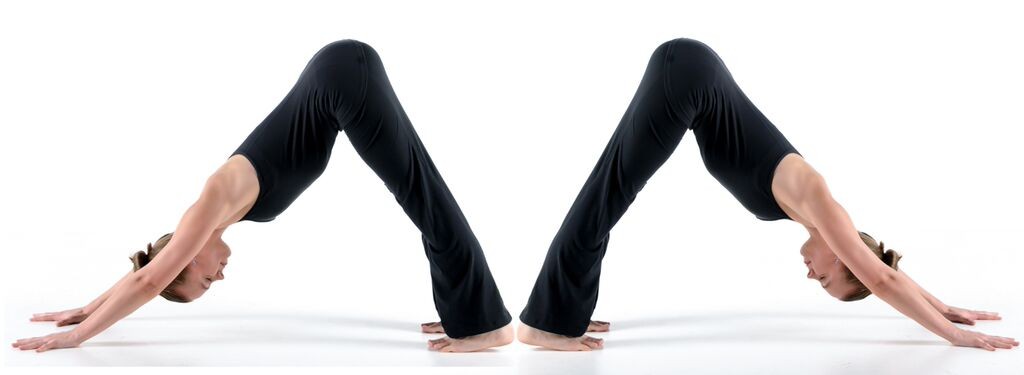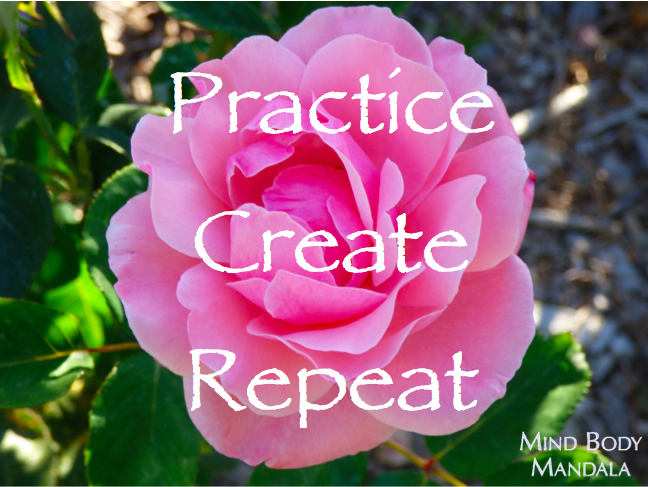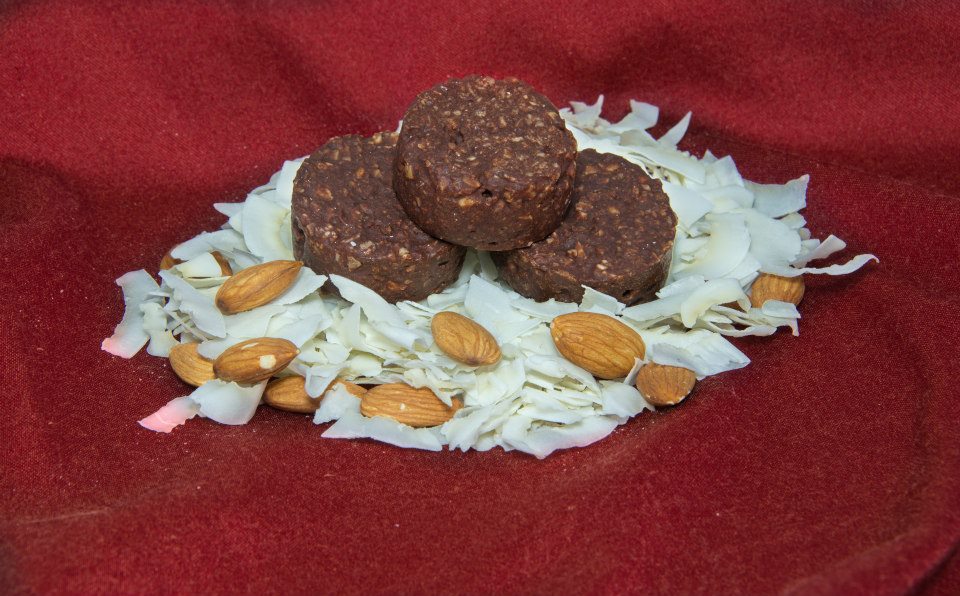
Thinking about starting a Personal Yoga training program? I’d love to help you and would be happy to answer any questions that you might have.
Who are Personal Yoga sessions for?
All levels of practitioners can benefit from Personal Yoga. Whether you are brand new to Yoga, have some experience, or are a certified instructor, Personal Yoga sessions will help you take your practice to the next level.
How long is a session?
A session usually lasts one hour. If you would prefer a longer or shorter session I can adjust my rates accordingly.
When do sessions happen?
Mid-mornings, afternoons or early evenings. I’ll work with you to find a time that is a good fit for your schedule.
Where do sessions take place?
I can travel to your home or I can reserve a private studio space.
What happens in a session?
We’ll check in about your progress and discuss what we’ll be working on that day. We’ll start with a brief meditation and then go through your sequence for that day. Each session builds upon the previous one, so we might review some content before moving ahead. I’ll offer modifications and adjustments, and will answer any questions that you might have. We’ll conclude with the final resting pose and then chat for a bit afterwards.
What are some of the advantages of Personal Yoga sessions?
Personal Yoga sessions have far fewer variables than drop-in classes, where the teacher has no way of knowing who will be there. So classes are constructed with these variables in mind and you might receive a few adjustments and corrections. Personal Yoga sessions are planned with YOU in mind as well as your ability to practice each pose or technique accurately. You’ll be amazed at the progress you can make in this kind of focused learning environment! For more information visit: Personal Yoga Benefits
Is there anything I should know about training with you?
Consistency is key for your success, so I recommend taking one or two sessions a week for maximum benefit. I do require that students practice on their own between sessions (same as if you were learning a musical instrument). My advice to anyone who is considering my services is to decide if they are ready to make that level of commitment to themselves.
Do you offer Personal Yoga sessions for two or more people?
Yes, I also offer semi-private sessions for groups of 2, 3 or 4 people.
I’m an intermediate student and I’m interested in the Level Two training. Do I have to take the Foundations course?
I encourage everyone to start with the Foundations program. This is part of my commitment to your safety and wellbeing. With so many styles of yoga nowadays I want to make sure that we are on the same page. Depending on your ability level you might complete the program in less than ten sessions, or else you might benefit from additional sessions. We can discuss these options in your initial consultation so as to find the best course of action for you.
What should I do to prepare for a session?
Before your first session I’ll send you some information about how to prepare for yoga. I also encourage you to warm up on your own before each session.
How much should I practice between sessions?
As much as possible! Every day would be ideal – even just for 10 or 15 minutes. If you can’t practice every day then aim for every other day. The more you practice the more you will progress.
Something has come up and I need to reschedule our session – is that ok?
Certainly, and as much advanced notice as possible is always appreciated. Please note that I have a 24 hour cancellation policy.
What are your rates?
Please visit the Pricing page for more information.
Have more questions? Book a FREE no-obligation consultation today.
